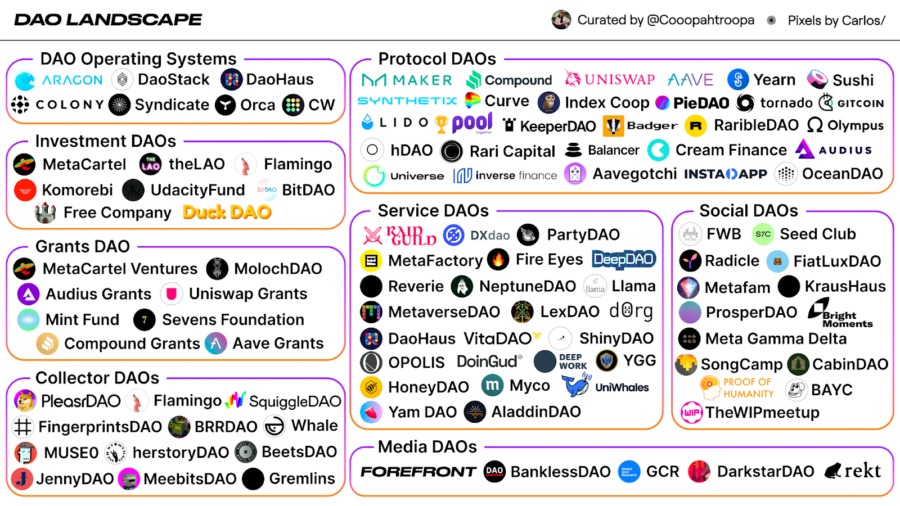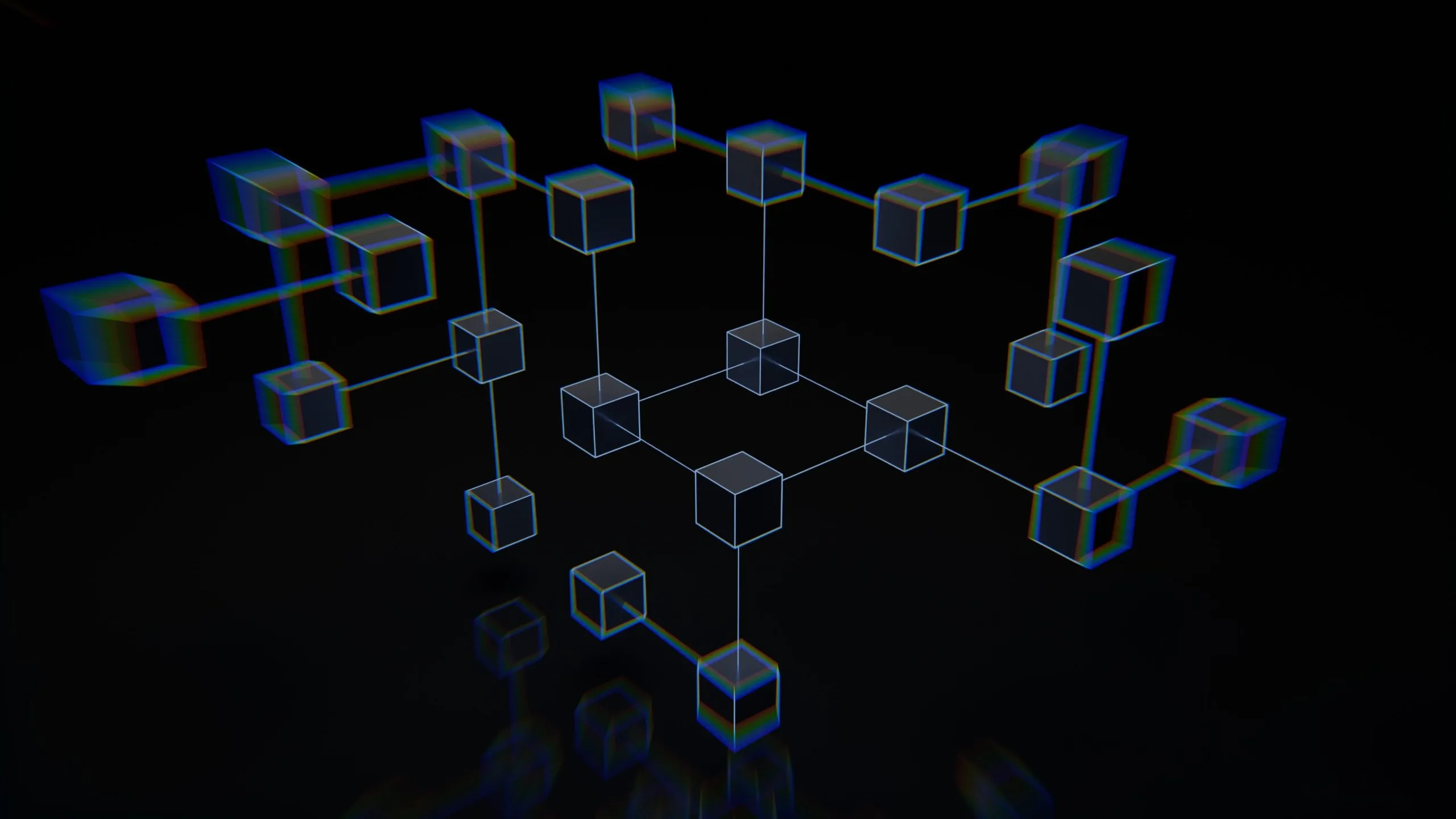Every single technological revolution has altered the way we work. The plow turned hunter-gatherers into farmers. The spinning jenny and the power loom developed farmers into factory workers. Industrial automation and computers turned factory workers into office dwellers, and the internet fundamentally modified the way we got work done. And now, there’s a new transformation on the horizon that guarantees to change the way we work again: Web3.
Web3 represents the next iteration of the World Wide Web. It has been constructed upon blockchain technology and cryptocurrencies, and is characterized by greater decentralization, transparency, and shared ownership. As venture capital firm Andreesen Horowitz’s general partner Chris Dixon tweeted, Web1 was read-only (directories), Web2 was read-write (social media), and Web3 was read-write-own.
Web3 focuses on the set to transform work as we know and are aware. And the decentralized autonomous organization, or DAO, is coordinated to be the vehicle that leads the responsibility.
DAOs are effectively owned and governed by people who grasp an adequate number of a DAO’s native token, which serves as a type of cryptocurrency. For instance, $FWB is the native token of a popular social DAO called Friends With Benefits, and the customers can easily buy, earn, or trade it. Today, there are many distinct permutations of DAOs as represented in the image below from crypto investor and DAO thought leader Cooper Turley, with some being more decentralized than others. DAOs run the gamut from media organizations, to venture funds and grant programs, to social networks, video games, financial and tech platforms, and philanthropic efforts. So how exactly could DAOs change the way we work?

More Autonomy Over Where, When, and How We Work
As DAOs proliferate, rather than having one employer and a 40-hour workweek, we might impart several hours a week to several DAOs. This is already the classic amongst early adopters of the space. Today’s creator economy, populated by vloggers, bloggers, and podcasters, can give us a glance into what the Web3 working world might look like, with the typical creator earning income from a wide range of projects such as coaching, consulting, and content monetization on numerous platforms such as YouTube, SubStack, and Patreon.
Freedom to Do More Fulfilling Work
The technology-centric nature of DAOs may result in rudimentary, algorithmic work being automated, freeing contributors up to be the most creative and efficient versions of themselves and permitting them to spend more time on high-value activities — the kind that invigorates the flow state — and less time on monotonous, shallow tasks.
While 85% of today’s global workforce is extricated at work, DAOs will give people more flexibility to select and finalize projects whose mission and vision truly reverberate with them, jobs that are set with their strengths, and values-aligned people to work with. This could also assist to alleviate the work-life conflicts, immoderate workloads, lack of autonomy, and office politics that drive workplace stress.
More Decision-Making Power
The Contributors will be able to utilize their DAO’s native tokens to vote on key decisions. You can get a glance into the types of decisions DAO members are already voting on at Snapshot, which is necessarily a decentralized voting system. Having said this, existing voting mechanisms have been criticized by the likes of Vitalik Buterin, founder of Ethereum, the open-source blockchain that acts as a foundational layer for the majority of Web3 applications. So, this type of voting is distinctly possible to make huge progress.
Different Compensation Structures
While DAOs are perhaps to have a set of core contributors at least in the early stages who might be occupied on a full-time basis and even earn salaries, most people contributing to DAOs would instead conclude individual tasks, or “bounties,” such as “build a messaging app” or “moderate an online community forum.” Contributors can work-to-earn (W2E), and give rise to either native tokens or fiat currency denominated in USDC, a digital currency pinned to the US dollar, or both. Token holders can then use platforms such as Yearn to “stake” their tokens. Staking successful amounts to depositing tokens into a central liquidity pool where they are being used to authenticate blockchain transactions. Stakers earn APY (annual percentage yield), which effectively amounts to interest, which in some cases can go up to 20%.
In the evolving world, the play-to-earn (P2E) model, a dissimilarity of W2E, is already bearing fruit for an army of teenagers. For example, Axie Infinity is a token-based video game where gamers collect, breed, raise, battle, and trade creatures known as Axie. The game’s native token, AXS, has a market capitalization of around $4.3 billion at the time of writing. But in contrast, in traditional video games, where players don’t possess their characters or peripheral assets such as swords, players own their Axie as NFTs (non-fungible tokens) and could have the option to sell them on the game’s marketplace. The average Axie gamer — a teenager from the Philippines — earns about $10 to $20 per day playing the game, on par with the country’s average salary, while the price of Axie can be acknowledged over time with some fetching a price of 300 ETH or about $1 million at time of writing. Axie Infinity generated the U.S. $1.3 billion in revenues in 2021, attributable to Axie marketplace transaction fees and Axie breeding fees.
A further permutation of this model is learn-to-earn (L2E). An example is the platform RabbitHole, which pays you to learn about Web3 applications. And other permutations involve create-to-earn (C2E) — such as writing articles or designing artwork trading off for tokens, and use-to-earn (U2E), such as posting comments and engaging with Web3 social media applications such as Minds.
In addition to all of this, token holders can also invest in their tokens, the price of which may go high in terms of value over time based on supply and demand, much like traditional shares in a company.
Work From Anywhere
As many traditional managers with obvious trust issues continue to hide behind the cloak of “team bonding” while sending everyone back to the office in the wake of the pandemic, DAOs not only don’t care where you work, they also don’t care when you work or what you look like while you’re working — in fact, many contributors are recognized only by their NFT profile pics. Netflix co-founder Marc Randolph said on the Future Squared podcast that “in a place where you’re evaluated solely on the quality of your work, no one cares about your appearance.”
Apart from working from a central office all year long and having two to four weeks off, most DAO benefactors will likely work remotely, bond in virtual social spaces such as the Metaverse, and for a couple of days or weeks, or a year, to get together in real life for inspiring conferences and retreats.
Traditional organizations that demand that their employees go into the office for two to three days a week productively anchor their employees to live in one place — usually close to a central business district. Firms with such archaic and mobility-limiting positions would perhaps most likely find it increasingly tough to win the battle for Millennials and, in particular, Gen-Z talent.
Chances are that some might contend that DAOs, like many gig economy companies, intimate labor rights, but DAOs themselves are looking to address this. For instance, Opolis, a digital employment cooperative, assists DAO contributors and contractors get their health insurance and 401K retirement plans in order.
The DAO motion is still in its infancy and has a number of its challenges to work out when it comes to governance and belief. The mainstream adoption of Web3 rests upon the resolution of questions related to user experience (UX), security, scalability, and regulatory clarity. However, at the current pace of talent acquisition, capital-raising, and innovation in the space, mainstream proliferation could occur sooner rather than later.
At its core, Web3 guarantees more attaining and outcomes-focused work, with a fairer distribution of ownership and rewards — and that is a future worth building.
Summary
Web3 constitutes the next iteration of the World Wide Web. It is constructed upon blockchain technology and cryptocurrencies, and is characterized by greater decentralization, transparency, and shared ownership. Web3 looks set to evolve work as we know it. And the decentralized autonomous organization, or DAO, is set to be the vehicle that leads the charge. As DAOs proliferate, instead of having one employer and a 40-hour workweek, we’ll likely contribute a good couple of hours a week to several DAOs. The technology-centric nature of DAOs will result in rudimentary, algorithmic work being automated, freeing contributors up to be the most creative and utilized versions of themselves and allowing them to spend more time on valued activities — the type that revolves around the state — and less time on monotonous, shallow tasks. Instead of working from a central office all year long and having two to four weeks off, most DAO contributors will instead work remotely from anywhere – which clearly states that we’ll also be able to live anywhere we choose. At its core, Web3 promises more rewarding and outcomes-focused work, with an equal distribution of ownership and rewards.




